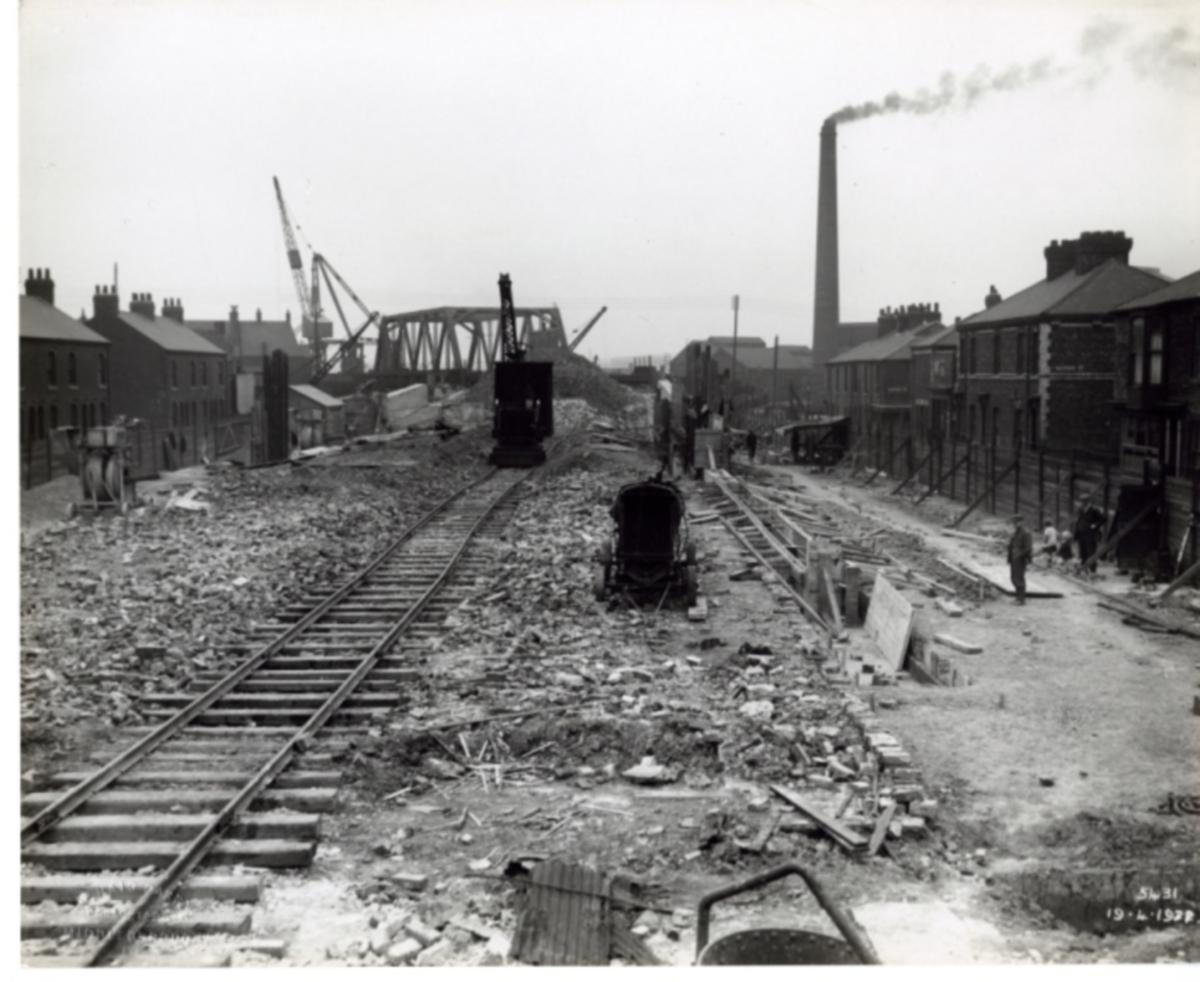INTRO
Port of Middlesbrough
Middlesbrough barely existed in the early 1800’s. It was just a few farms. Most trade up and down the River Tees went to Yarm in the Middle Ages, with Stockton slowly taking over from the 1700s as boats became larger and couldn’t travel as far up the river in the shallower water. That is why Stockton became one end of the first railway, it was an important way to get coal and goods quickly to the river and to a boat for export.
In 1830 the Stockton and Darlington railway was extended to the modern site of Middlesbrough. Joseph Pease had bought the site and named it Port Darlington because of that town’s importance in the local area for trade. The focus for that first railway was to bring coal for export. Boats wouldn’t need to come as far up the river and therefore you would be able to export coal faster and more profitably. One of the early railway engineers who worked with George Stephenson was called Timothy Hackworth. He was employed to design and build an efficient way to load coal from the trains directly into the waiting boats at Middlesbrough. His coal ‘staiths’ did just that and Middlesbrough flourished. They were sited on the modern site of the Port of Middlesbrough which is owned and run by AV Dawson.
The port has existed ever since and continued to grow despite other ports and docks appearing through the years. Today it has a brand new headquarters and a site that includes tenants from many other companies such as Prysmian (undersea cables) and Modus (undersea inspection robots). It operates as the home base for Prysmian’s flagship cable laying boat the ‘Leonardo da Vinci’. However, they also welcome vessels from all around the world, fertiliser to Africa, scrap metal to Canada and even bio secure research vessel cargo to Antarctica.









